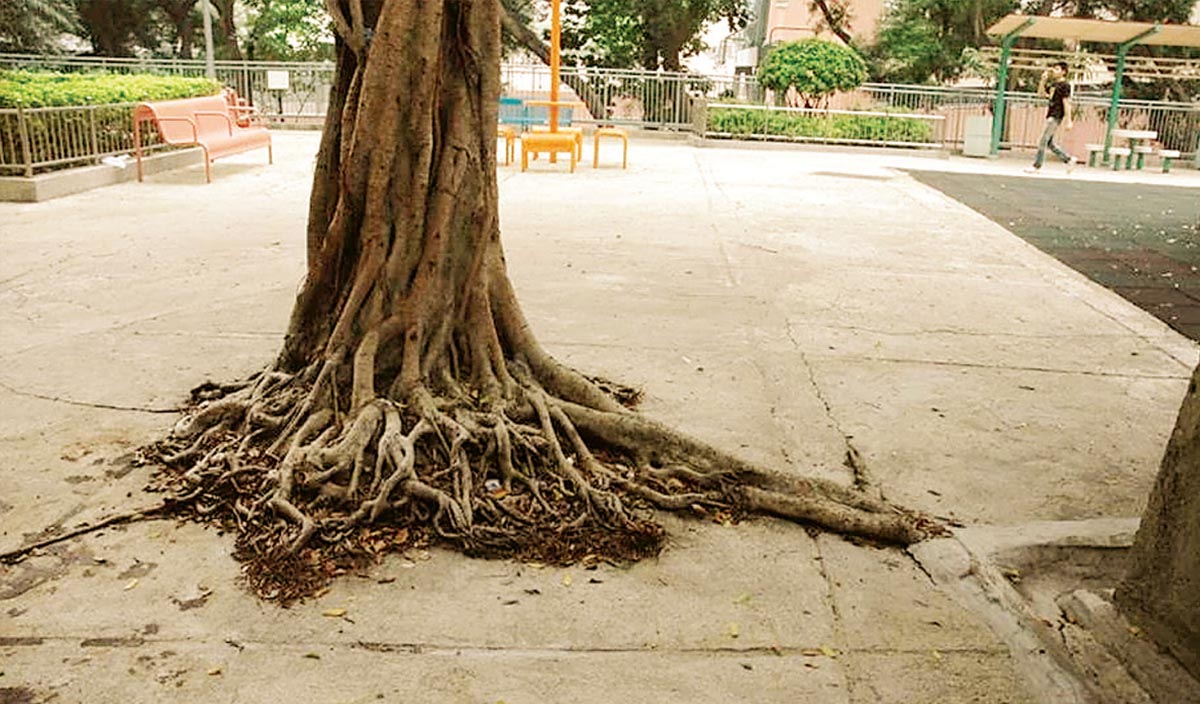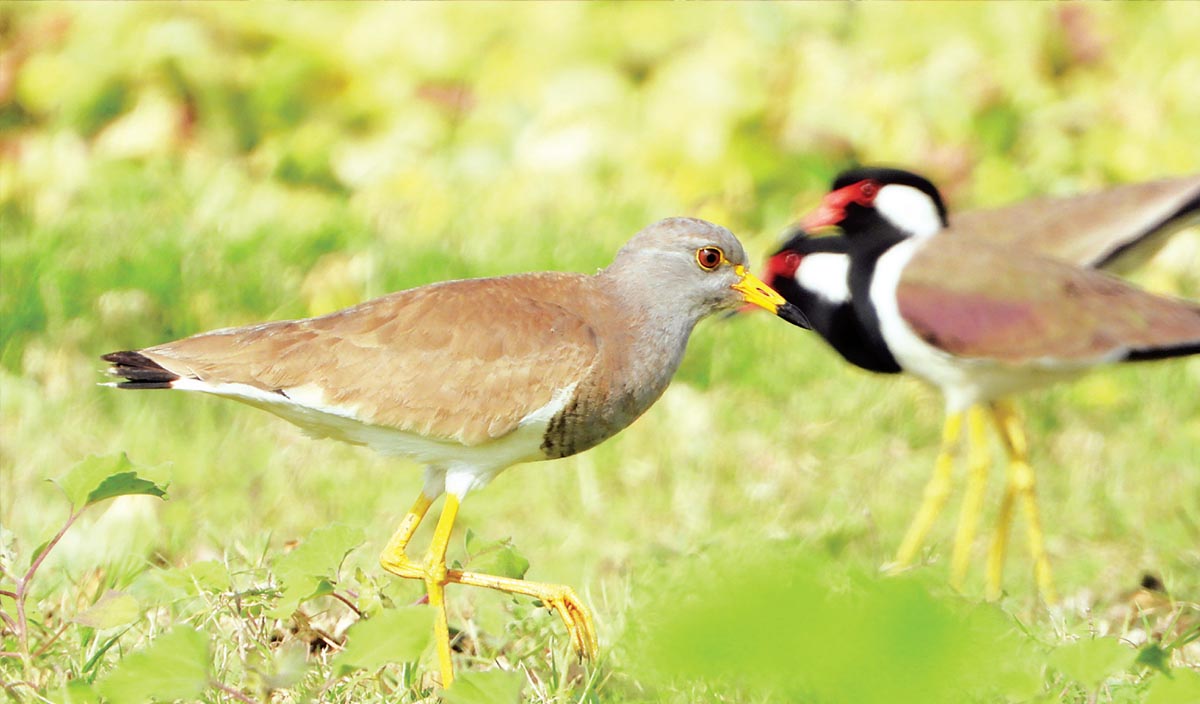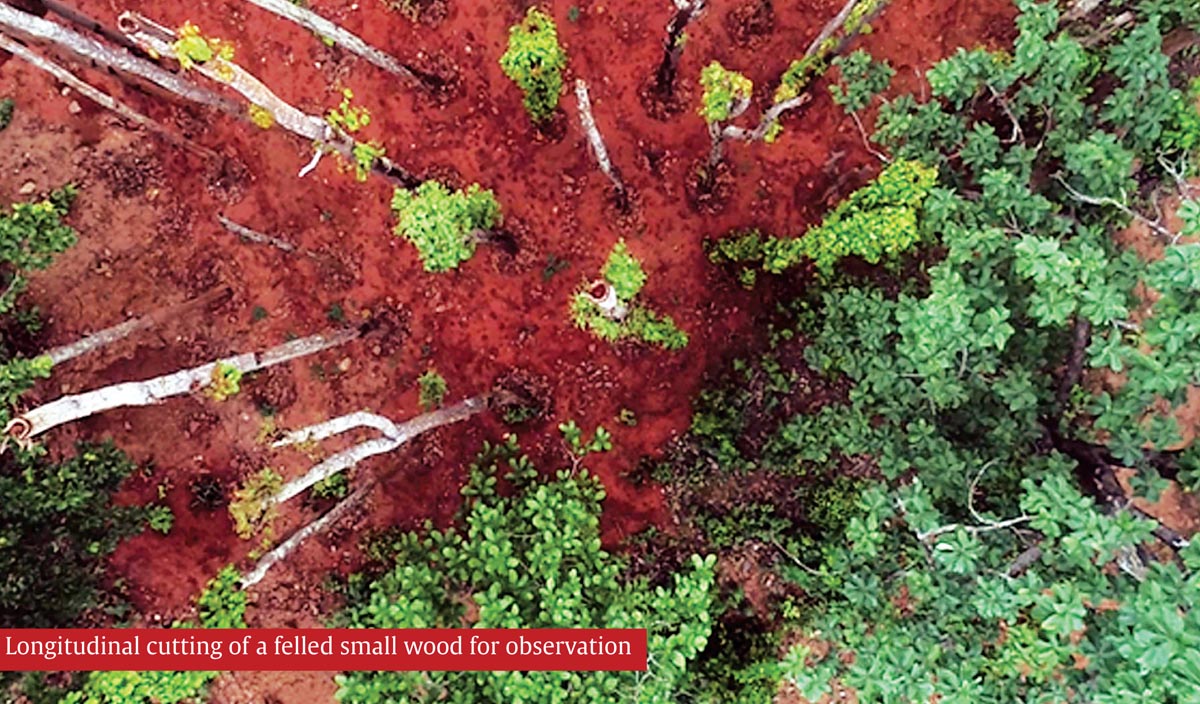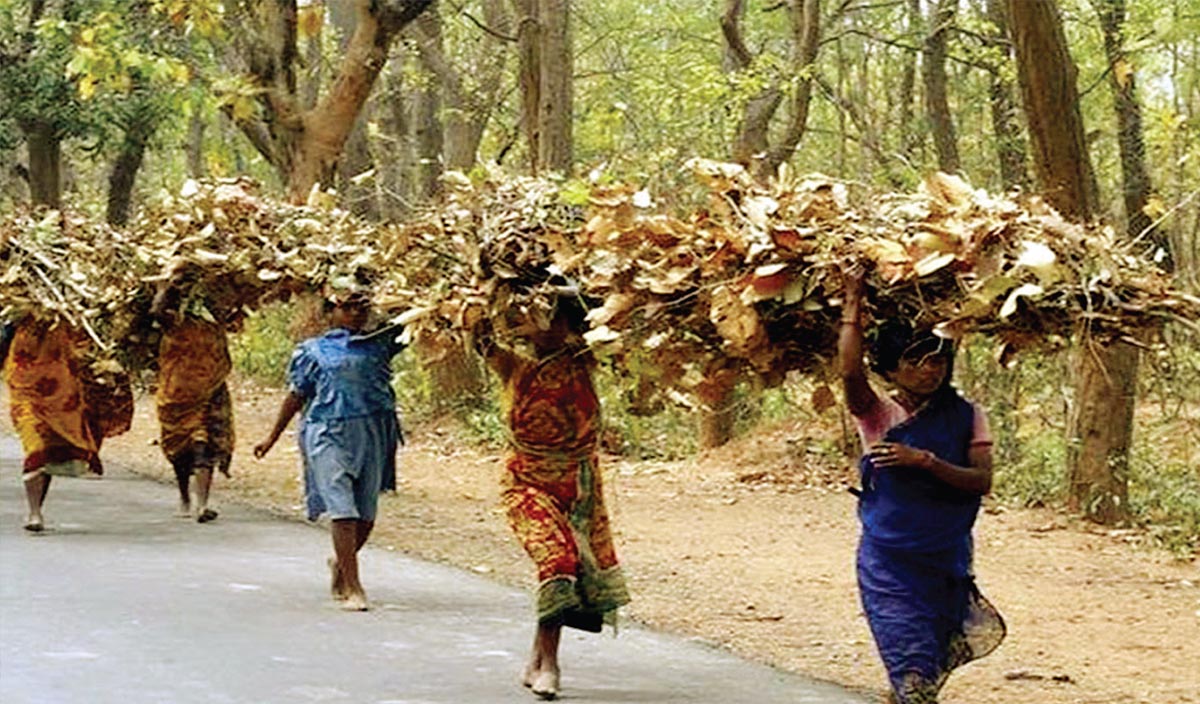
Vulture – A lost magnificence
By Nitish Agrawal
Madhya Pradesh has a rich diversity of landscapes, wildlife, and cultural heritage. The state supports the highest number of tigers in the country. Although less profound and known species of birds also thrive in this ecosystem, vultures are one of them.
The Madhya Pradesh vulture census report of 2024 states that it is home to the highest number of vultures (approximately 10,000 in the February 2024 census) in India. It is still quite rare to see vultures everywhere in India. While their numbers are suffering to increase in other states, the geography of Madhya Pradesh supports the nesting of majorly Long-billed and Red-headed vultures across the state. Long-billed vultures prefer to nest in the cliff pock ets close to a perennial river system near human establishments. Their nest consists of loosely laid branches of mahuaand banyan trees with some leaves. These shelters offer protection for both the nests and hatchlings from potential predators. Long-billed vultures nest in colonies of 10-15 breeding pairs. The nesting begins in early October and lasts till November end for both species. The Red-headed vulture prefers trees to build their nest.
These are solitary birds that do not nest in colonies. They prefer solitary scavenging and seldom venture close to the wake of other species of vultures. Red-headed vultures have a sharp, strong beak that can tear open the carcass. Long billed and White-rumped vultures do not possess strong beaks. The first landers on the carcasses are often Red-headed and Egyptian vultures. Long-billed and white-rumped vultures follow.
Once the hatchlings reach 3-4 months of age, they begin to venture out of the nest to forage independently, following adult flocks. Juveniles typically scavenge alongside other juveniles to avoid conflicts with the adults. However, they tend to resist interference during scavenging, which can escalate to a heated fistfight.
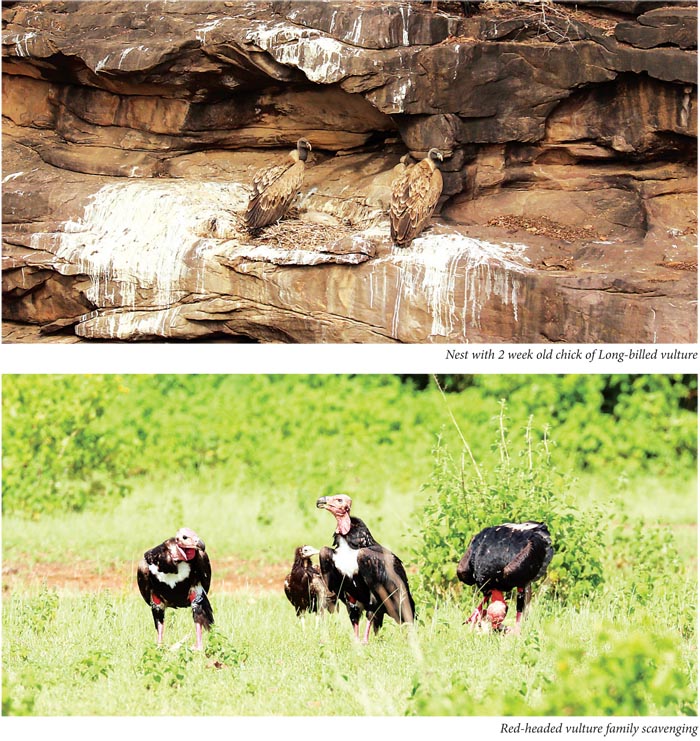
Although they do not possess fists, it is the legs that are at work. When gathered around a large carcass, adult vultures often feed collectively in flocks of 15-20, often engaging in competition for feeding rights. On a good day, it’s possible to observe up to six vulture species: resident Long-billed, Red-headed, and Egyptian vultures, with occasional sightings of the elusive White-rumped vulture. Migratory species, such as the Eurasian Griffon and Himalayan Griffon vultures, also make appearances, adding to the diversity of this vital ecosystem.
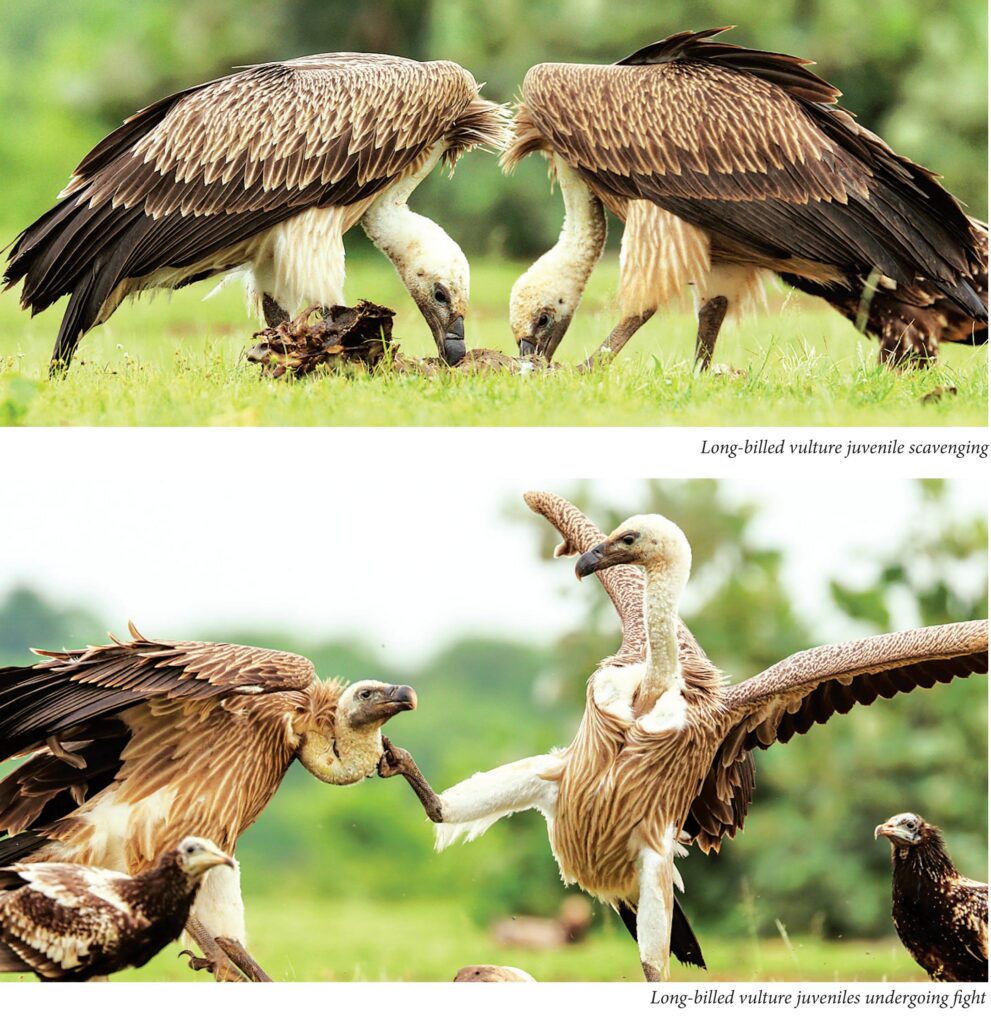
Observing resident and migratory birds share roosting and feeding grounds while vying for priority is a remarkable sight. The spectacle of vultures descending upon a carcass is particularly captivating. First, the vultures soar high in the sky in flocks, utilizing rising thermal currents. Upon spotting the feeding group below, they gracefully spiral downward in a helix trajectory.
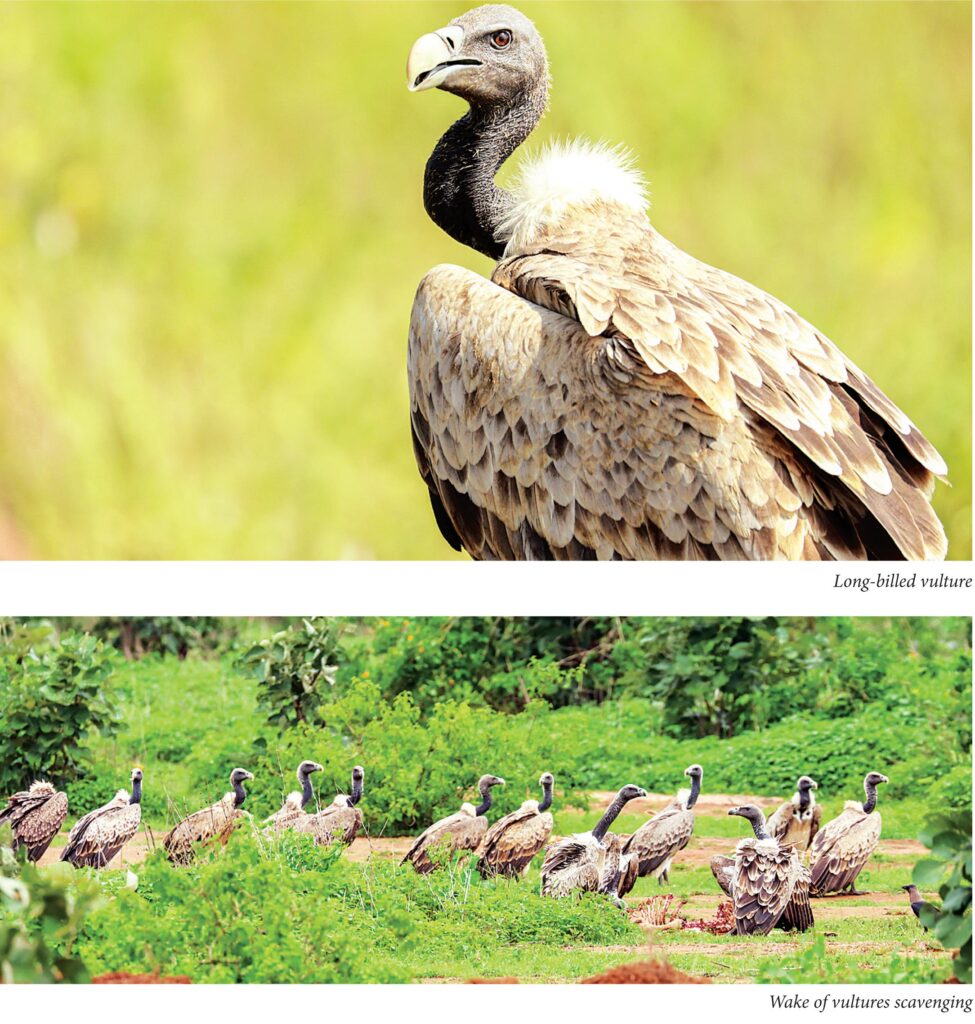
Their talons, poised like an airplane’s landing gear, prepare them for a precise arrival. The vulture’s voracious feeding behavior can result in overeating. To accommodate their substantial intake, their bodies possess a specialized pouch known as the crop, which stores the ingested meat. This crop can swell significantly in size, and due to their slow metabolism, vultures are unable to digest their food rapidly.
As a result, they often roost on the ground or on trees to aid in the digestion process. After feeding, vultures are often unable to take immediate flight back to their nests or roosts. Instead, they rest on the ground with other vultures or take a brief, low-altitude flight to nearby trees.
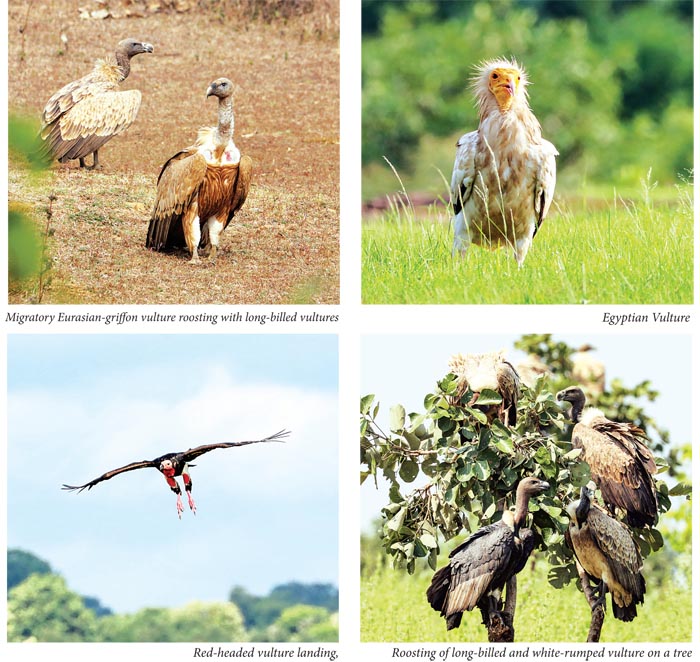
This showcases the interspecies community roosting and their social behaviour. Their highly acidic stomachs allow them to digest decaying matter safely, neutralizing dangerous bacteria that could otherwise contaminate land and water sources. In regions where vulture populations have declined, a disturbing rise in diseases such as rabies and anthrax has been observed.
Vultures are thus essential, not merely for their ecological services but also as silent guardians of public health. Recognizing and preserving these often misunderstood birds is a commitment we owe to nature and to the ecosystems that depend on their unseen yet profound contributions.
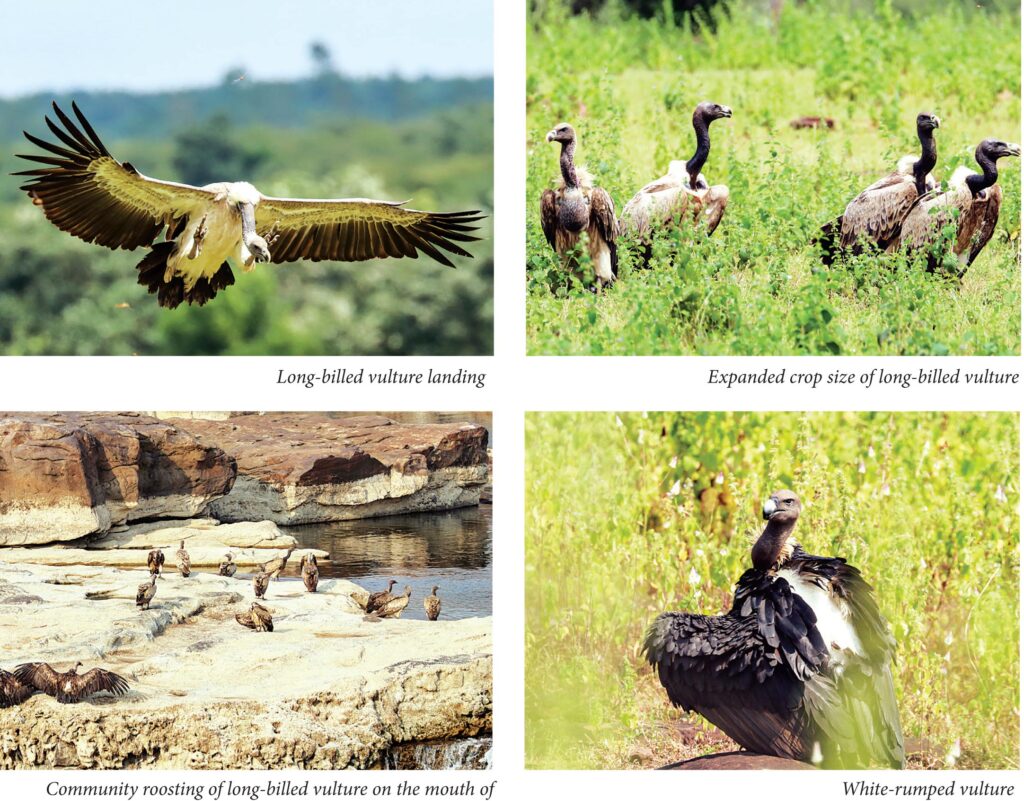
Vultures might look ugly but they play a crucial role in maintaining the health and balance of our ecosystem. By swiftly consuming the carcasses, vultures prevent the spread of harmful pathogens, benefiting both wildlife and human populations.
Related Posts
Strangulation by cementing is the silent killer of trees in urban environments
Strangulation by cementing is the silentkiller of trees in urban environments By Sundararaj R, Swetha…
Guardians of Grey Headed
Guardians of Grey Headed Observations by CA. Shomi Gupta & Yogesh More The Grey Headed…
Tree Translocation of 1000 trees in Balliguda Forest Division
Tree Translocation of 1000 trees in Balliguda Forest Division By Vishwanath Neelannavar, IFS As per…
Participation of women in Natural Resource Management
Participation of women in Natural Resource Management By Anubha Srivastav and Anita Tomar Natural Resource…

